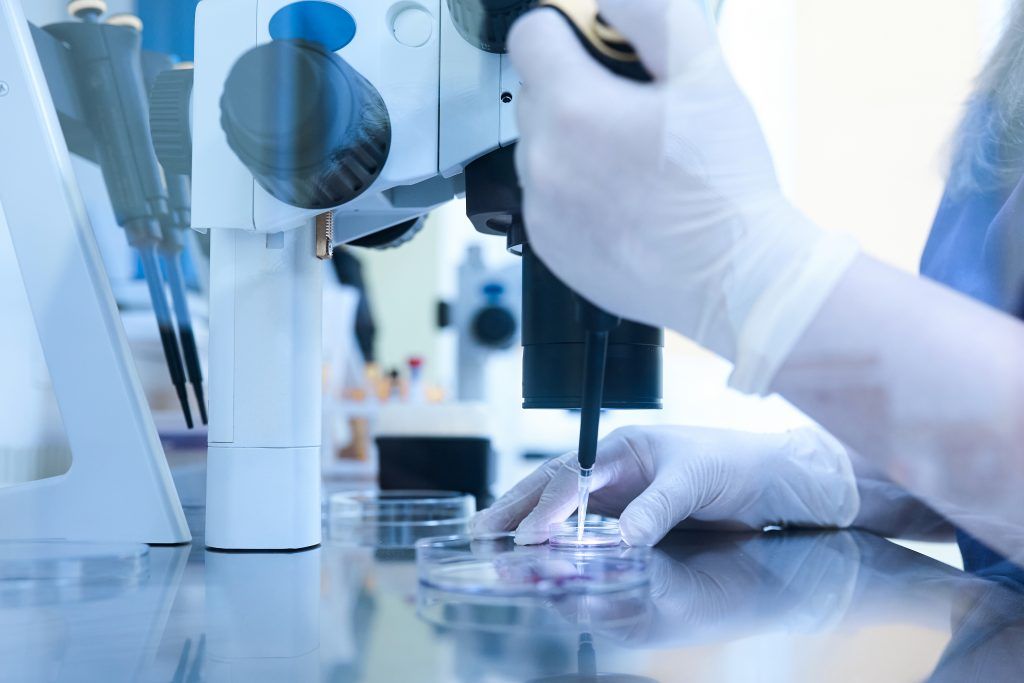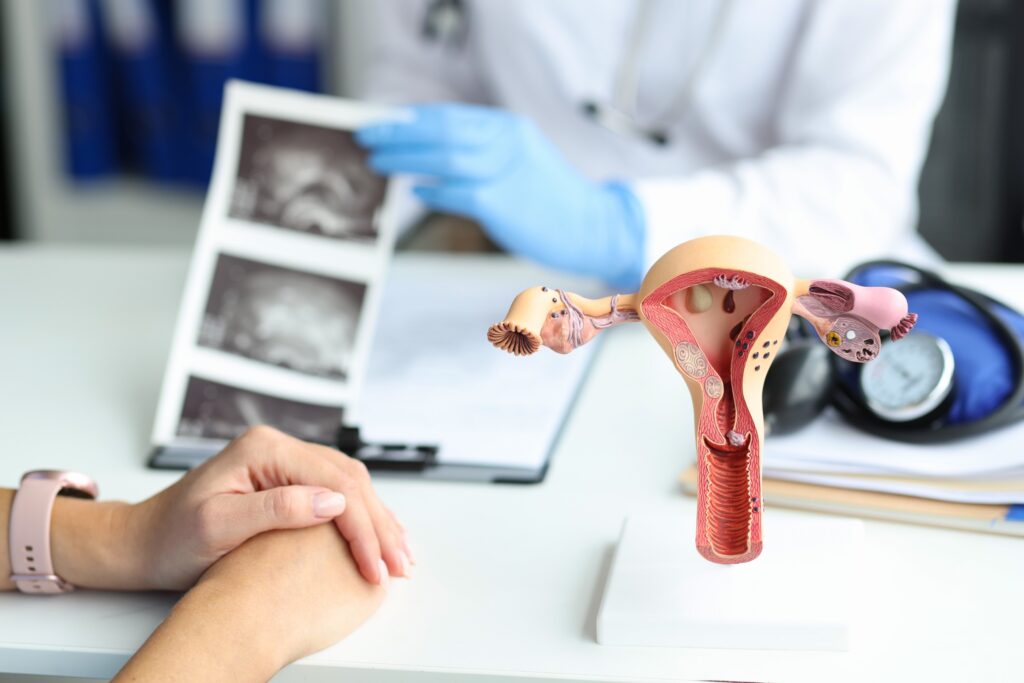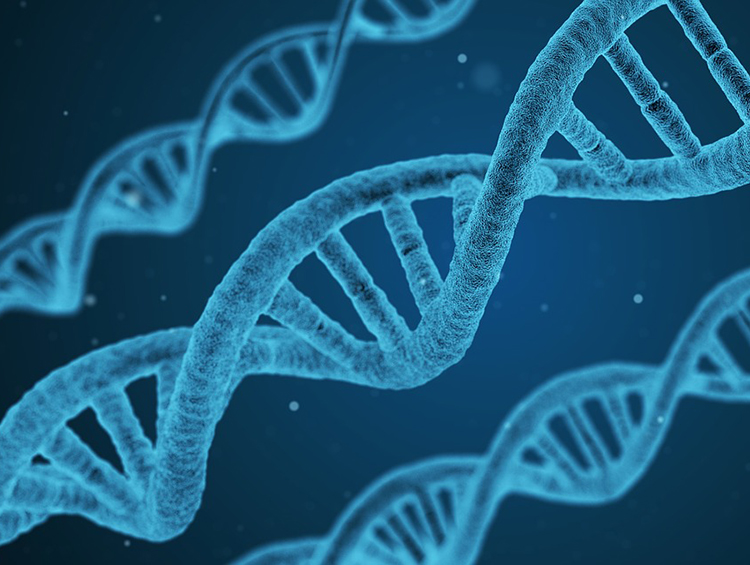Egg donation in Spain is a widely used technique, linked mainly to delayed pregnancy. It is a treatment frequent in women over 40 years of age, in which the fertility falls significantly due to the reduction of the number and quality of eggs. In Spain, according to official data, published in the National Registry of Activity 2016 – SEF, 16.133 cycles of egg donation were performed in 2016.
Despite being the most successful assisted reproduction treatment, it is interesting that patients are informed of the number of eggs and embryos needed to achieve a pregnancy and childbirth (or child born) by egg donation. These data are collected by the Registry of the Spanish Fertility Society (SEF), and they come in a mandatory way from all clinics in Spain. It is possible to compare these results with those of other countries to assess the quality of the reproduction in Spain. In addition, comparing the general data with that of a particular clinic, we can also distinguish if the clinic is better or not than the Spanish average. Here we offer URH García del Real data compared with the general data in Spain.
How many donated eggs are needed to achieve a pregnancy?
The number of eggs required to achieve a pregnancy by In vitro Fertilization (IVF) is high, even in the case of using donor eggs. Although donors are young and fertile women, not all the eggs obtained after a stimulation of ovaries, are mature (or suitable for fertilizing), and not all the eggs are fertilized (or form embryos).
In the case of egg donation, according to the SEF Registry, in Spain, an average of 23 eggs were needed to achieve a pregnancy. And to get a delivery, or child at home, this number increased to 32. The reason to need more eggs for a delivery than a pregnancy, is that some pregnancies end up in a miscarriage.
In the case of using frozen donor eggs, we must take into account that not all the eggs survive thawing (86,8% according to the SEF Registry). Surprisingly, however, in 2016, the SEF Registry indicates that the average number of eggs thawed to get a pregnancy was 23; and 33 to get a delivery. That is, the numbers are similar using fresh and frozen eggs, which supports the effectiveness of using vitrified donor eggs.
URH García del Real figures are somewhat different. In the year 2016, we needed 11,4 donor eggs to get a pregnancy, and 14,1 to get a delivery. In the case of vitrified oocytes, we needed 17 to get a pregnancy, and 20,4 to get a delivery. This means that we achieve a pregnancy and childbirth with fewer eggs than the Spanish average, either fresh or frozen, which is an indicator of the quality of our clinical and laboratory work.
How many embryos are needed to be transferred to achieve a pregnancy from egg donation?
The number of embryos necessary to transfer to get a pregnancy usually depends on the age of the woman. As women get older, they have a greater percentage of embryos with chromosomal abnormalities or aneuploidies. In the case of egg donors, under 35 by law, we expect to need a small number of embryos transferred to achieve a pregnancy. This number will always be slightly higher for a delivery, taking into account that some pregnancies will end in miscarriage.
The SEF Registry from 2016 accounts a total of 12.616 transfers with fresh embryos from donor eggs. It takes an average of 2,9 embryos transferred to achieve a pregnancy; and 4,9 embryos transferred to get a delivery. This does not imply, logically, that you have to put that number of embryos in a single transfer (it is dangerous, at the same time that illegal), but in several embryo transfers.
When there are frozen embryos after egg donation cycles, the chances of pregnancy with these frozen embryos are also good. In 2016, in Spain, 25.773 embryos from egg donation cycles were thawed, and 16,8% didn´t survive the thawing process. It took an average of 3,6 transferred embryos to achieve a pregnancy, and 5,6 to get a birth. This means that, basically, we need to transfer one more embryo to achieve a pregnancy and childbirth when embryos have been frozen.
URH García del Real registry in 2016, shows that we needed 1,7 fresh transferred embryos to get a pregnancy and 2,3 to get a delivery. In the case of using frozen embryos, 6,5% did not survive the thawing process, and we needed to transfer 1,9 embryos to get a pregnancy and 2,6 to get a birth. These data reflect that the quality of the embryos in our clinic is above the Spanish average.
The following table is a summary of the information provided:

Egg donation in Spain (and URH García del Real) is a technique with very good results. The difference between the Spanish National Average and URH García del Real, may be due to many circumstances. The characteristics of patients attending different clinics, the size of the Centre, type of treatment, protocols held in the In Vitro Fertilization laboratory, along with other factors, can influence outcomes decisively. It is important for us to be able to offer a reproductive medicine of high quality to our patients, so that they achieve their goal of being mothers as soon as possible.
If you have any questions about egg donation, you can arrange an initial consultation (free and without obligation) with one of our reproduction specialists who will be delighted to tell you all you need to know. You can do this by calling 0034 91.740.16.90 or through our website www.urh.es
Dr. Sylvia Fernández-Shaw Zulueta – Director of URH García del Real
Dr. Isabel Pons Mallol – Head of the IVF and Andrology Laboratory












